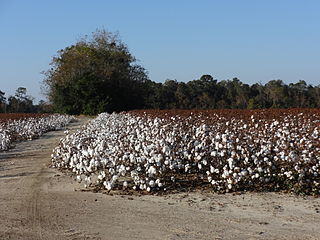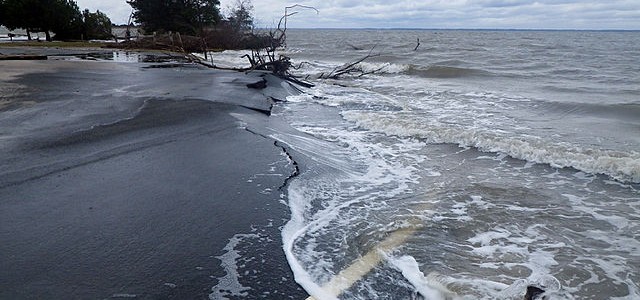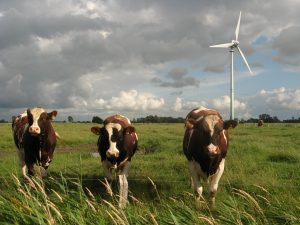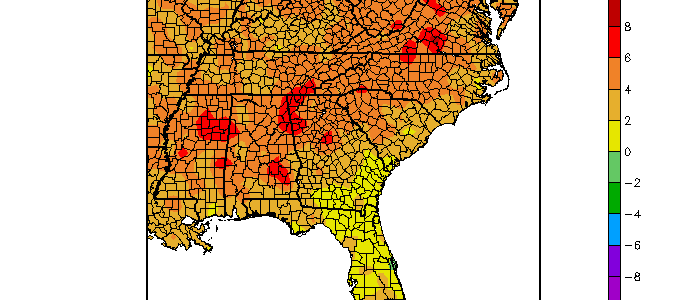Pam Knox
-

The Georgia Farm Bureau posted a video story this week on the start of the cotton harvest in south Georgia. It featured Appling County extension agent Shane Curry and discussed the negative impacts of the hot and dry conditions on dryland cotton this year. Poor yields are exacerbated by low cotton prices, which make it…
-

Major Hurricane Matthew has made the expected turn to the north and is now bearing down on Jamaica, Haiti and eastern Cuba. It is expected to dump feet of rain in some mountainous terrain, according to yesterday’s WunderBlog here. This could lead to widespread severe damage and many deaths, particularly in Haiti where the rainfall…
-

EarthSky has an interesting story this week on why leaves change color in the fall. Also includes some beautiful pictures of autumn foliage. Check it out at https://earthsky.org/earth/why-do-tree-leaves-turn-red-in-fall.
-

If you live in the country, or even in some city areas, you may use a septic system instead of a municipal sanitation system. According to a recent article published on Resilience.org, rising sea levels near the coast have the potential to make millions of these systems near the coast nonfunctional, leading to the escape of…
-

Merck Animal Health has announced that a new app that calculates the footprint of beef production. This app is designed for producers, suppliers and others in the food chain to estimate the economic impacts of their production on the environment. It includes personalization by number of cattle and production method and provides suggestions for improvement…
-

All of the Southeast was above normal in temperature in September, but the areas which were already dry were the hottest. According to the Southeast Climate Perspectives tool (https://www.sercc.com/perspectives?user=true), most stations reported temperatures in their top five all-time Septembers, and a number of those were the warmest ever, especially in the most drought-affected areas. Precipitation…
Posted in: Climate summaries
